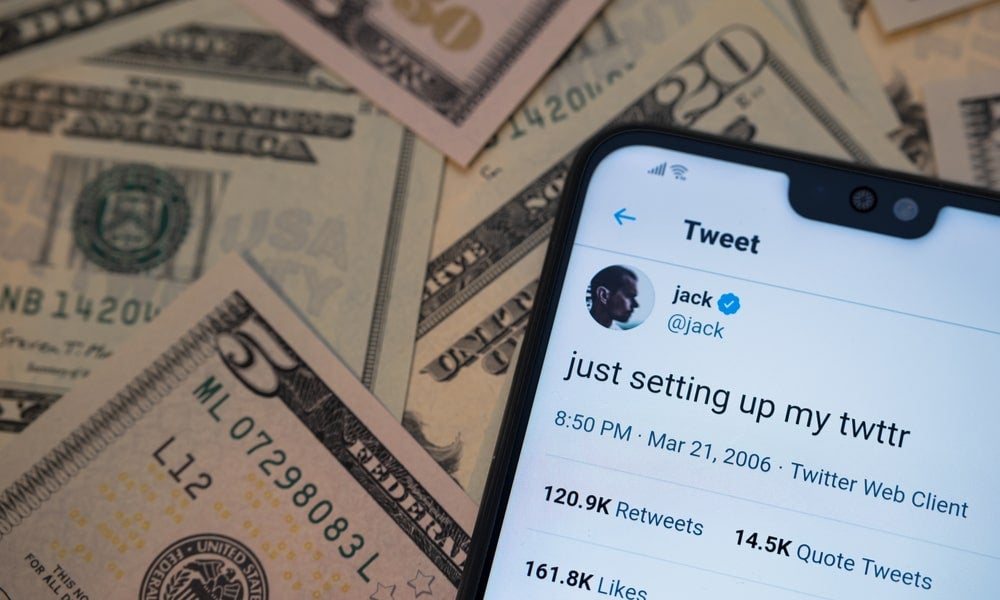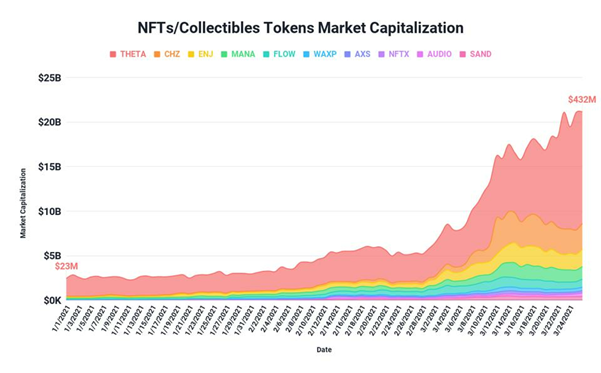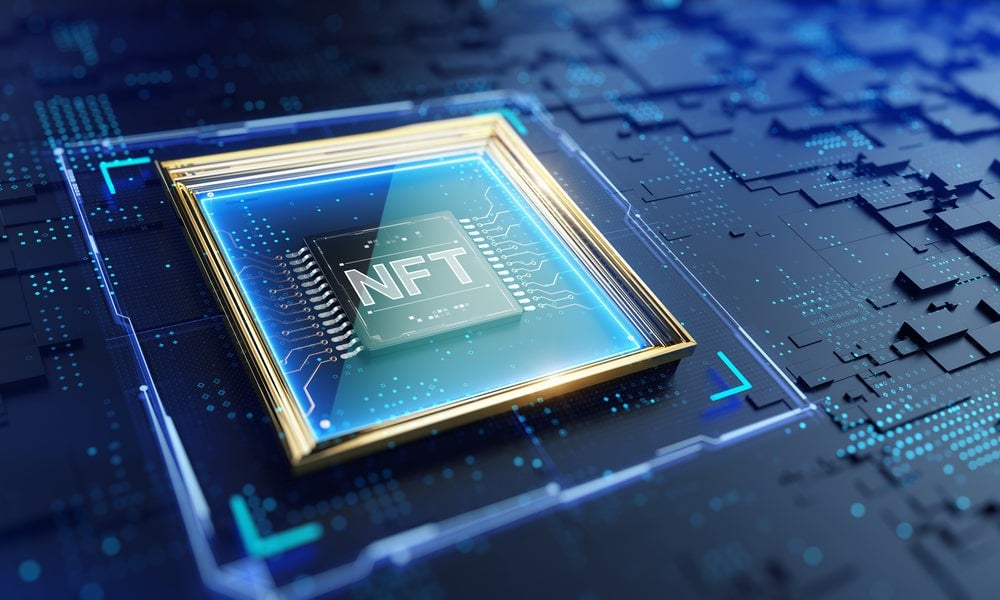NFTs: a turning point for digital content creators and artists?
Download The Business Of podcast on your favourite podcast platform.
While non-fungible tokens (NFTs) may seem like a fad, they are revolutionising how digital content creators and artists create new business models
When Twitter founder Jack Dorsey sold a tweet in March this year for the equivalent of US$2.9 million (A$3.7 million), the buyer compared the purchase to buying a Mona Lisa painting. While many art critics may not consider a Jack Dorsey tweet to be in the same league as an archetypal masterpiece from the Italian Renaissance, the fact that a tweet could be worth so much – and how it was sold – raise a number of important points, according to Eric Lim, Senior Lecturer in the School of Information Systems and Technology Management at UNSW Business School.
Jack Dorsey’s tweet was auctioned off as a non-fungible token (NFT), which is a unique digital certificate that states who owns a photo, video or other form of online media. Each NFT is unique and acts as a collector’s item that can’t be duplicated, so they effectively function as a rare trading card. As the name non-fungible token suggests, these are “minted” on a blockchain as a unique token connected with a public key on the blockchain. Dr Lim explains that it essentially points to ownership of an asset that is not stored on the blockchain by an identity associated with the public key.

“For example, an artist could create a piece of digital art and store it on a server somewhere,” he said. “To stake ownership and prove provenance of this digital art, the artist can create a unique token on a blockchain containing information or metadata about the file of the digital art that denotes its connection to the asset in the form of this digital art. To sum it up, NFT is a proof of ownership of an asset within a community.”
Expensive digital artwork in particular lends itself to NFTs. For example, a digital artist known as Beeple (real-world name Mike Winkelmann) recently had auction house Christie’s sell an NFT of one of his digital creations for US$69 million (A$89 million). Christie’s said the NFT sale positioned Beeple “among the top three most valuable living artists”.
“In my opinion, this current craze of Jack Dorsey selling his first tweet and Beeple’s making millions off digital art after tokenising them on the blockchain, while seemingly a fad currently, could be the turning point for digital content creators and artists,” said Dr Lim. “We are barely scratching the surface. This is going to revolutionise how the digital creative scene create new business models.”

NFT market trends
By tokenising a digital asset, Dr Lim explains this finally allows individuals to more easily own digital assets, which has always been a big challenge in the past. “One could question why is this different from simply assigning a username and password to a digital file. This is different because it allows a community to come to a consensus about its ownership through the use of the blockchain,” he says.
Just like the entire art community will only recognise the Mona Lisa in the Louvre as the true artifact of Leonardo da Vinci’s brilliance – but not its replicas, Dr Lim says the community and its recognition have always been the key to legitimising the claim of an artist. “Now NFTs are allowing the community to come together to legitimising digital assets,” he says.

And there is a booming groundswell of support for the NFT business model. According to NFT marketplace NonFungible.com the market soared to US$2 billion ($A2.7 billion) in sales in the first quarter of 2021 alone. This represented a 2100 per cent increase from Q4 in 2020, with twice as many NFT buyers as sellers during the first three months of 2021.
Dr Lim explains NFTs will drive the ownership of digital assets in addition to their value, whereas in the past, digital assets have always been “elusive showpieces of hardcore digital natives who are sufficiently passionate to shell out money to decorate their digital identities”.
Essentially, tokenising the ownership of digital assets has gained new capabilities such as programmability, and certain features of saleability as mentioned by Saifedean Ammous (the author of Bitcoin Standard) which increases the probability of digital assets to be utilised as a medium of exchange. “I have always wanted to own a Pollock and perhaps in the future, I could own an affordable fraction of it in my digital wallet and used a fraction of that fraction to buy my coffee,” says Dr Lim.
NFT business models for digital creatives
At the current moment, NFTs and digital assets are only in their infancy, but Dr Lim says NFTs are likely to grow quickly as other complementary technologies mature. “As artificial intelligence (AI) matures, we are going to be seeing artists creating unique pieces of their work through AI and would be able to vary and customised their digital assets dynamically,” he says.

“I believe once NFTs allow for the digital assets to change and evolve dynamically through its interaction with real-world events through the use of oracles and smart contracts on the blockchain, revenue streams of artists could be tiered depending on their level of involvement with their creation and their changes. Value could also be attached to the upgradability of these digital assets.”
The future of NFTs
While NFTs have experienced a meteoric rise in recent times, there are a number of challenges associated with their widespread adoption. “To clear any misunderstandings, NFTs are not a technological silver bullet. It is not the be-all and end-all for digital creatives,” says Dr Lim.
Regulation and a set of common understandings have to be formed around the community within which the digital assets reside. Dr Lim also asserts codes of conduct and community-backed censure have to evolve in order to blacklist and sanction artists who do not uphold their promise of scarcity in creating a digital asset.
“Just as there is no way to stop Leonardo da Vinci from painting multiple copies of Mona Lisa, there is no way to stop artists from creating multiple copies of a digital asset and minting them on the blockchain after the first copy of it has been created,” he says.

The same can be said of the community which has to come to a consensus to recognise the digital asset associated with its provenance on the blockchain. If the community does not establish a code to imbue these NFTs with legitimacy, Dr Lim says these NFTs will become less valuable and remain as fringe novelties. “This code has to be enacted by the community and it is essential for any ecosystem that seeks to create and protect a new industry,” he says.
“Regulators could also support such a community in enacting such a code by recognising the value and the need for compensation for creators of these digital assets in the current legal framework.”
Dr. Eric Lim is a Senior Lecturer in the School of Information Systems and Technology Management (SISTM) at UNSW Business School. His research interests focus on exploring the impact of digitalisation on individuals, organisations and the broader society, with a focus on the design and innovation of digital services across a variety of contexts such as crowd platforms, fintech and healthcare.
